6 Must Read Tips for Your First Airplane Flying Lessons
Spencer Martin Your first few airplane flying lessons are some of the most important and memorable you’ll ever have. Here’s how to make the most of your pre-solo airplane flight training. Get Your Hands on the Controls You learned to walk by walking. You learned to drive by driving, and flying is no different. It […]
